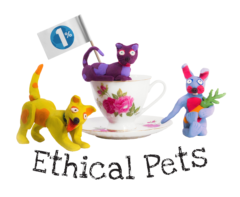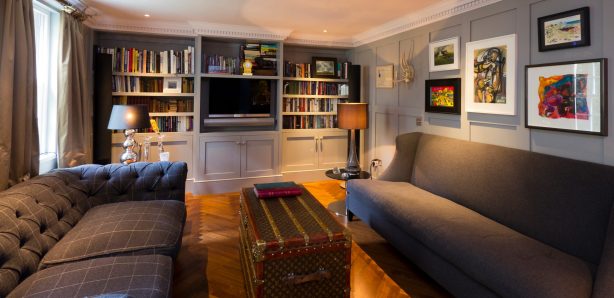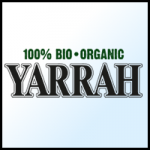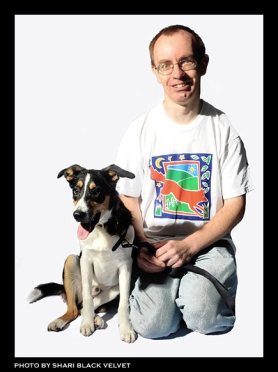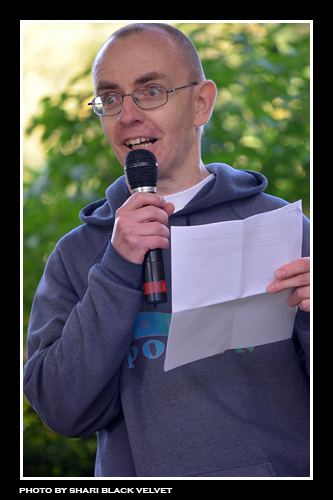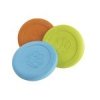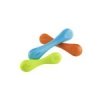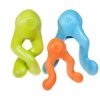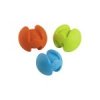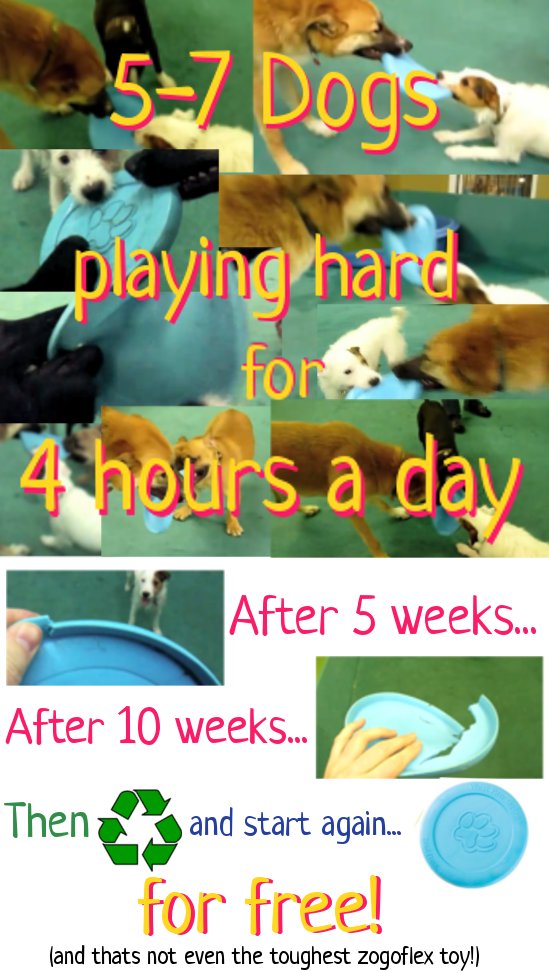Welcome t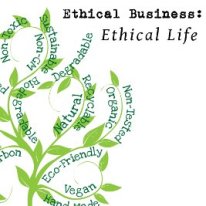 o Ethical Business: Ethical Life – we aim to showcase the people behind the amazing Ethical Businesses we meet through running Ethical Pets.This third edition is about Tanya Vaughan, an interior designer from Lincolnshire. We met Tanya only a few weeks ago, when she bought one of our Eco Donut beds for her dog Wrighty – we got to chatting and well… as you can see, she is pretty inspiring!
o Ethical Business: Ethical Life – we aim to showcase the people behind the amazing Ethical Businesses we meet through running Ethical Pets.This third edition is about Tanya Vaughan, an interior designer from Lincolnshire. We met Tanya only a few weeks ago, when she bought one of our Eco Donut beds for her dog Wrighty – we got to chatting and well… as you can see, she is pretty inspiring!
When did you start your ethical business, what are your ethical principles and how do they guide and motivate you?
I hadn’t set out specifically to start an ethical business, or indeed a business at all! I had been decorating and designing houses for years without stopping to think about it, from digging my own drainage trenches (never again…) to shipping a huge pair of doors back from Morocco, to mount on a wall. It took a long time to twig that I should transform this passion into a business.

The idea was easy enough, having run my own market research business for a number of years, and the only challenge was my confidence – essentially putting myself on the line. What if no-one likes my ideas? The answer to that, in my business, is very easy – they just won’t hire you. The ones who do like it, will. A nerve-wracking realization.
For me, running my business ethically has just been a natural integration of what I do at home, and taking that into the workplace. From printing as little as possible, to choosing FSC certified paper for my letterhead or paying a little bit extra for green energy, the way I do everyday tasks translate very well from home to business. My studio is a couple of minutes walk from home, and I live in Stamford, which is a bustling and cosmopolitan market town with a wealth of independent shops, and small businesses to serve me, all within walking distance.
In re-designing a house, a room, considering knocking an existing building down and starting again, you begin to take notice of how much can get discarded, whether it’s an old chair, a cheap sofa that was bought as a stop-gap, or the bricks & mortar of a 1950s bungalow making way for a sleek and contemporary family home. You certainly notice new things. Some of them are utterly gorgeous. Clients want them. So in an arena where the acquisition of things seemingly plays such key role, I ask myself all the time, how can I make this sustainable?
So, how do you make designs sustainable?
Fundamentally, I support good design. Good design means a lot of things. What it doesn’t mean to me is spending money for it’s own sake, to brag, show-off, or provide fleeting excitement and interest only to be discarded when the next thing comes along. There are products designed specifically to attract these people. I am not interested, and I won’t recommend them to clients. I am also unlikely to be dealing with that kind of client! I am constantly on the lookout for vintage and antique pieces, re-using what already exists in the world, sometimes with an update, sometimes used in a different way to which it was intended. When looking at anything new, I am interested in products that are designed with a lot of thought, that are made by people who are paid a fair wage for what they do. I look for products that are designed with longevity in mind, so that they will be kept for a very long time – even if that means being sold or given to someone else. Because if they are not, they only end up in one place – landfill.
The most important thing about the fabric of any building is how it stores and uses energy. So regardless of whether it’s made of timber, concrete, steel, or glass, how that structure retains heat, or keeps out heat, is key. This is one of the most sustainable aspects of building, and taken in it’s wider sense, can mean things like putting in large glass panels with specifications that far exceed the regulations, which not only keep the heat in, but positioned correctly, can let more sunlight in in the winter to help heat the room inside. Making it nice and toasty inside is one thing, given the right design and materials, a sustainable building is one that is going to serve it’s purpose for a very long time to come, contributing positively to the lives of the people who use it.
Describe an average day in the life of you.
I generally get up any time from 6, as I have so much to do. It’s a luxury to sit with a cup of tea in PJs answering emails or checking information on-line and watching the sun come up, particularly if I am staying in Norfolk to oversee the project that is taking up most of my time at the moment, where a blue jay and a woodpecker shout loudly on the trees outside the kitchen window.
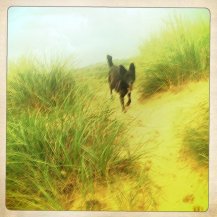
I can be working on plans, whether its working out wall thicknesses for bespoke door frames, or drawing elevations, or I can be chasing sub-contractors, checking quotes, placing orders, or sourcing lighting or furniture. Site visits involve warm clothes, a tape measure and a sense of humor – there is always something to throw a spanner in the works! If something really hasn’t gone to plan, then a blast on the beach with the mutt usually de-stresses me and I can come back with a clear head to think through a creative solution. Having a project in such lovely countryside is a fundamental part of how I want the business to continue – being able to stay here for several days a week to project manage is such a treat. When the sun hits the sand dunes and the salt marsh, with the grasses rustling and the colors all greys and greens, I have no desire to jet away to remote shores.
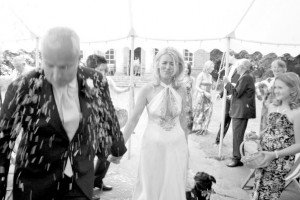
I regularly get out and about searching for stuff – fabric, furniture, light fittings, and often find myself at antiques fairs, or dealers’ showrooms to view something in particular that might work for a specific room. I always love getting something old into a scheme, and love being part of the decorative industry that finds value in these beautifully crafted objects with all of their history and patina of age. Sometimes this means working with a designer-maker directly, for example here in Norfolk I have found wonderful craftspeople making wall hangings, a pottery that makes ceramic pendant lights, even the builders, who might not have built a wall with that finish before, but working together we make it happen and we haven’t had to either compromise on the design, or ship in some expensive and unnecessary expertise or product from elsewhere – my first stop is always local craftsmen and tradespeople.
Any words of wisdom?
Put your flag in the ground, stand tall and be passionate about your business. In the words of Aung San Suu Kyi “If you have chosen a certain path ..walk it with satisfaction and with determination and try not to make it appear as a tremendous sacrifice…Whatever you do out of your own free will, that should be a gift that you give to life or to those whom you love”
All links below were broken so have been removed
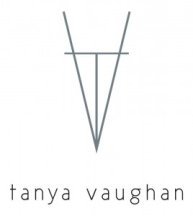 Tanya’s website is having a little makeover at the moment, but check out her Facebook and Twitter to see more of her amazing designs and wonderful, ethical, life. Here is what Tanya had to say about Ethical Pets:
Tanya’s website is having a little makeover at the moment, but check out her Facebook and Twitter to see more of her amazing designs and wonderful, ethical, life. Here is what Tanya had to say about Ethical Pets:
“I just wanted to say how impressed I am by your ethical policy statement. Most ethical policies I have read seem a bit vague.. yours is so comprehensive regarding all aspects of your business and personal lives. I will be forwarding your website address to many friends I know who will be really interested!”
